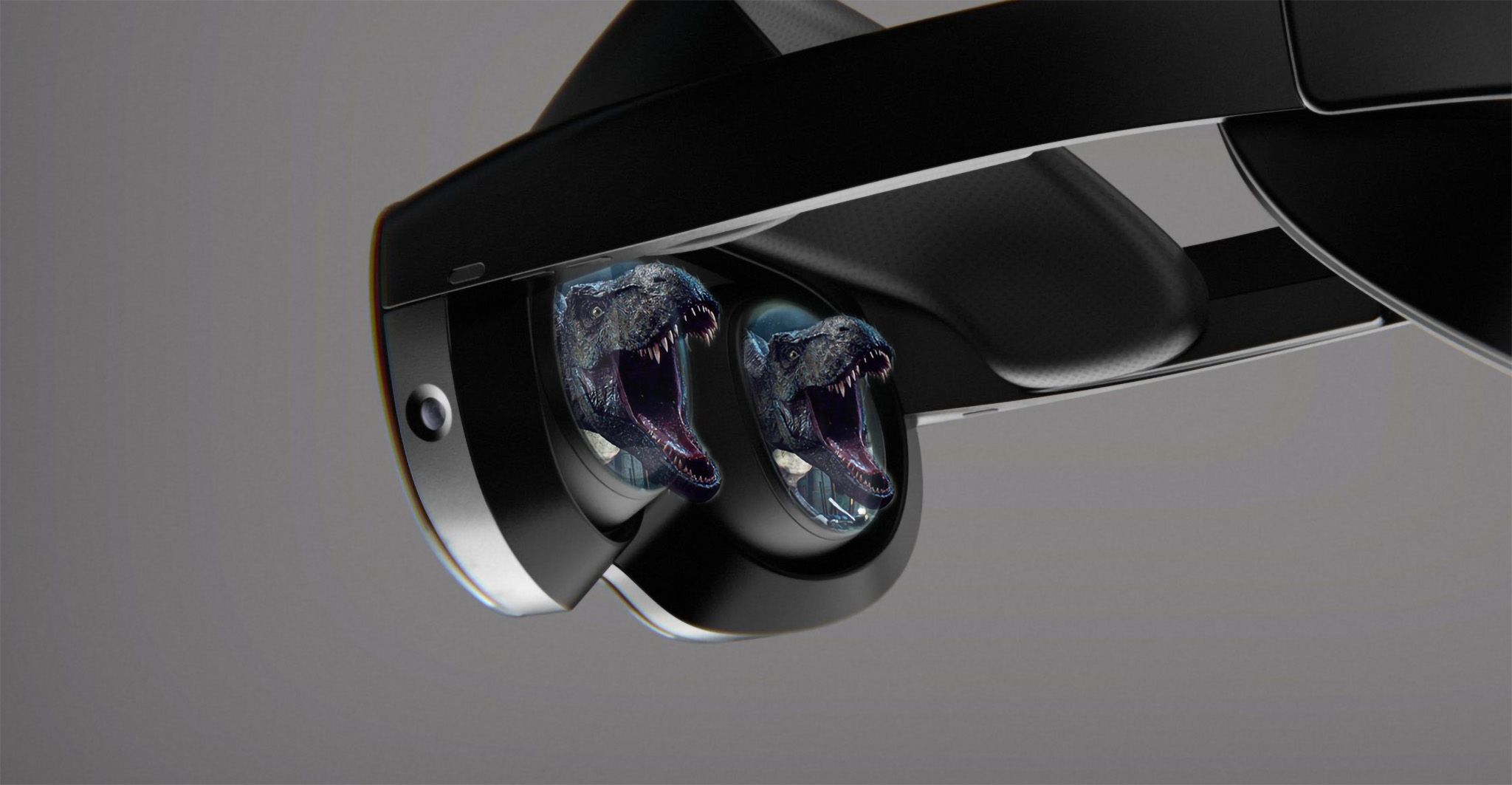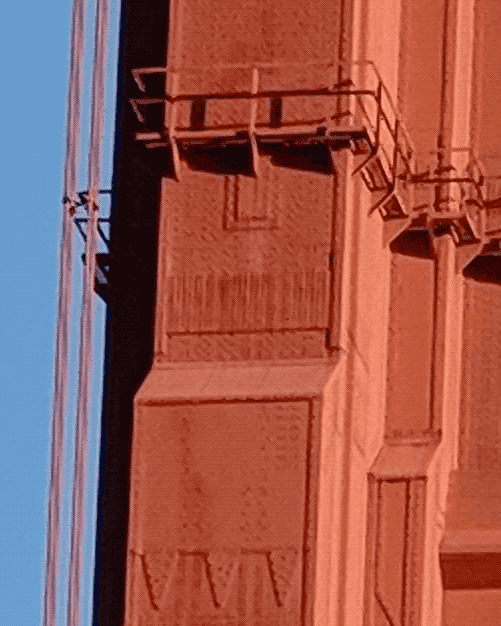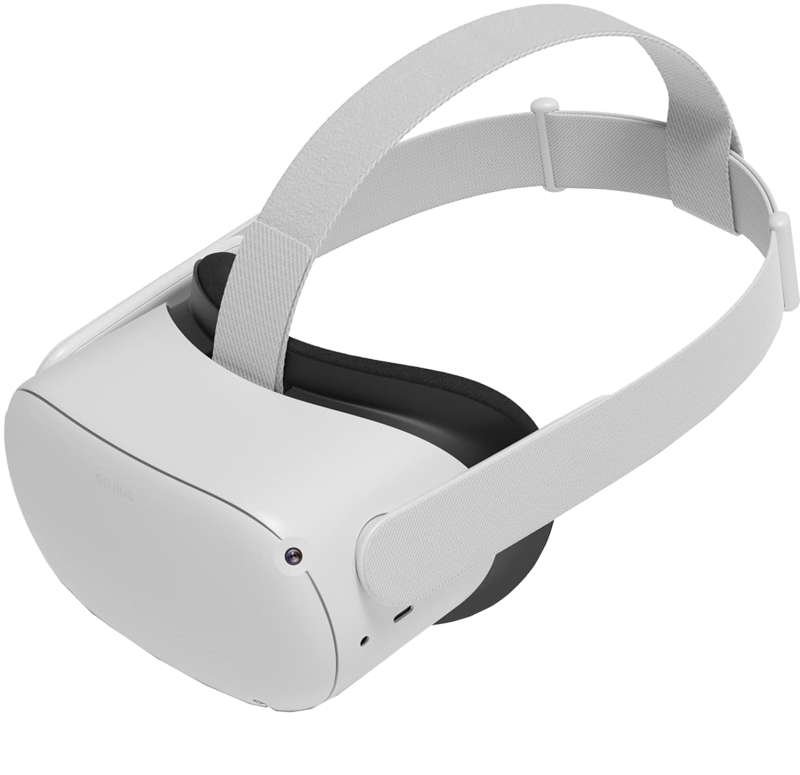Oculus Quest Pro could get a Super Resolution upgrade with T-REx tech
We might finally reach "human-eye resolution" in VR

What you need to know
- The upcoming Meta Quest Pro VR headset could finally feature "human-eye resolution," or 60 pixels-per-degree resolution.
- Meta is achieving this with a Super Resolution tech known as "T-REx," which alternates pixels on a display to fool the human eye into perceiving a higher-resolution.
- It's not known if T-REx tech could be used on existing headsets to create a virtually higher-resolution image.
The upcoming Meta Quest Pro is looking to be one stunner of a high-end standalone headset, with the latest rumors pointing to the highest-resolution display any VR headset has ever had. Those rumors are showing that one potential Quest Pro prototype can achieve an effective 60 pixels-per-degree resolution, which is comparable to the "resolution" the human eye sees real life. That's an important step for VR headsets which have struggled to fit enough pixels on a display to keep individual pixels from being visible.
According to Brad Lynch, a tech and VR analyst, the Seabright prototype — that's one of the many Project Cambria prototypes being worked on at Meta Reality Labs — will feature micro-OLED displays with 3K-per-eye physical resolution complete with a 100-degree field-of-view (FoV). At its base, that equates to 30-pixels-per-degree resolution, which is a 50% improvement over the current Oculus Quest 2 and the upcoming PS VR2.

But Quest Pro could virtually double that resolution by using a new technology that was datamined from current Quest firmware. That new tech is called Transparent resolution expander, or T-REx for short. This T-REx tech likely comes from a company called Imagine Optix that Meta acquired last year, which specializes in liquid crystal polymer optical lens systems.
T-REx lenses work on a concept called Bragg Grating, which alternates current to show two different images back-to-back quickly — in this case, every 50 nanoseconds — to trick the human brain into thinking it sees one image. Meta would use a lens like this to virtually double the number of pixels the human eye sees by simply tricking it into seeing something that isn't really there.
This works similarly in concept to old CRT TVs, which would split the image on the screen into lines and alternate between lines every time the image is refreshed. Effectively, a similar wobulation technique was used in the Google Pixel's Super Res Zoom to make images more detailed without increasing the resolution of a sensor.
Given that this particular technology was datamined via the Quest 2's firmware, it's not clear whether Meta might also be working on a virtual version of this technology that could work with the best VR headsets on the market right now. Meta is working on a number of upcoming VR headsets in the Quest line, but the Meta Quest Pro — as it's currently thought to be called — is expected to launch sometime this year.

The Meta Quest 2 is getting better all the time, with monthly updates, feature upgrades, and thousands of games to play.
Be an expert in 5 minutes
Get the latest news from Android Central, your trusted companion in the world of Android

